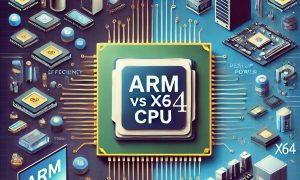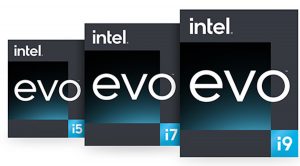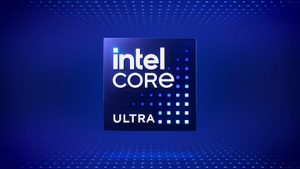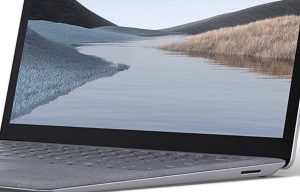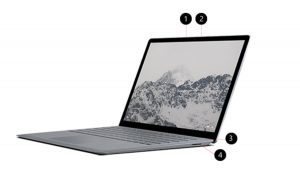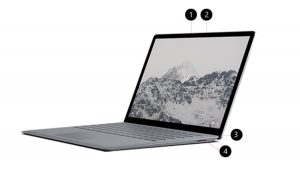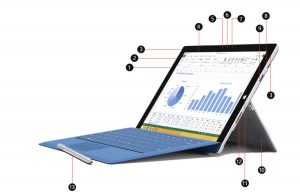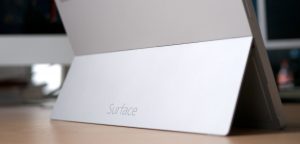Intel’s Lunar Lake Processors Arrive in Microsoft Surface Devices: A Game Changer for x64 Users?
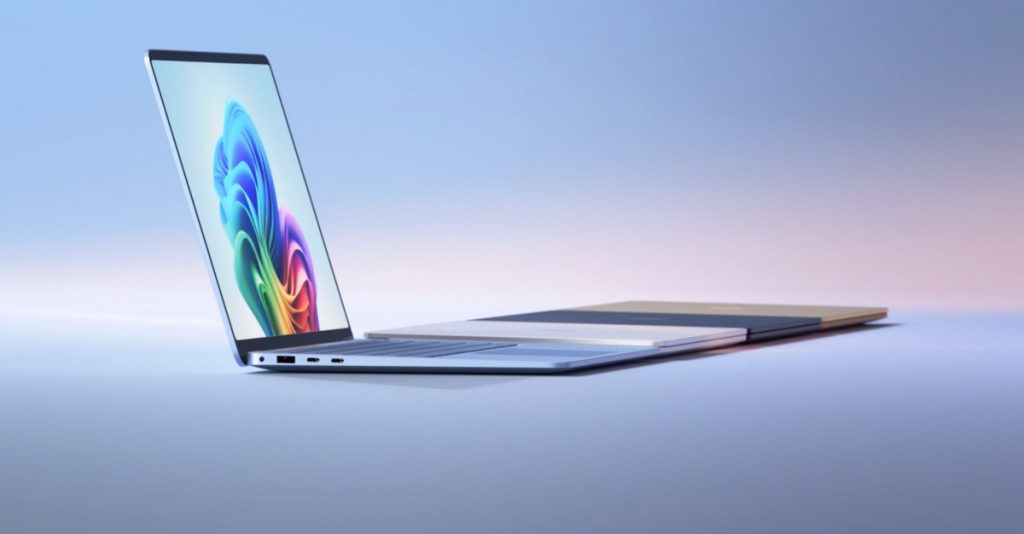
Microsoft has officially unveiled its latest Surface Laptop and Surface Pro models, now featuring Intel’s cutting-edge Lunar Lake processors. This move marks a significant shift, as it brings high battery efficiency—previously exclusive to ARM-based Snapdragon devices—to x64 architecture. But what does this mean for consumers, and how do these new Intel-powered devices compare to their Snapdragon counterparts?
Lunar Lake: The x64 Answer to ARM’s Efficiency
One of the biggest selling points of Qualcomm’s Snapdragon-powered Surface devices has been their remarkable battery life. Thanks to the efficiency of ARM architecture, users could enjoy all-day usage without constantly searching for a power outlet. However, ARM-based laptops often struggle with software compatibility, as many applications still require x64 emulation, leading to potential performance issues.
Now, with Intel’s Lunar Lake (branded as Intel Core Ultra) processors entering the Surface lineup, users can enjoy similar battery longevity while benefiting from native x64 support. This means full compatibility with a vast array of Windows applications, making the new Intel-powered Surface devices a compelling option for professionals who need both efficiency and seamless software functionality.
Performance Comparison: Intel Core Ultra vs. Snapdragon
Intel’s Lunar Lake processors bring AI acceleration, improved power efficiency, and better single-core performance compared to previous generations. While Snapdragon-powered Surfaces may still have an edge in multicore efficiency and fanless designs, Intel’s offering ensures better software support and raw computing power for demanding applications.
However, one key drawback of Intel’s Surface lineup is pricing. The new Surface Laptop and Surface Pro models featuring Intel Core Ultra start at around $1,500—significantly higher than the ARM-based variants. This price gap raises the question of whether the added software compatibility and x64 performance justify the extra cost for most users.
Pros and Cons of Intel-Powered Surface Devices
Pros:
- Native x64 compatibility (no need for emulation)
- Stronger single-core performance
- AI-accelerated processing power
- Improved battery life compared to older Intel models
Cons:
- Higher starting price than Snapdragon-powered Surface devices
- Possibly lower multicore efficiency compared to ARM alternatives
- Fan noise and potential heat issues in demanding workloads
Who Should Consider an Intel Surface Device?
If you rely on legacy Windows applications and need uncompromised software compatibility, the new Intel-powered Surface models are a clear choice. Professionals working with creative tools, developers, and enterprise users will benefit from the power and flexibility of x64 architecture. However, if battery life and silent operation are your top priorities, Snapdragon-powered Surface devices might still be the better option.
Microsoft’s decision to offer both Snapdragon and Intel options ensures that users have more choices than ever before. While the higher price of Intel models may deter some buyers, the added performance and compatibility make them a worthwhile investment for many professionals.
Would you pay extra for an Intel-powered Surface device, or do you prefer the ARM-based efficiency of Snapdragon models? Let us know your thoughts!
